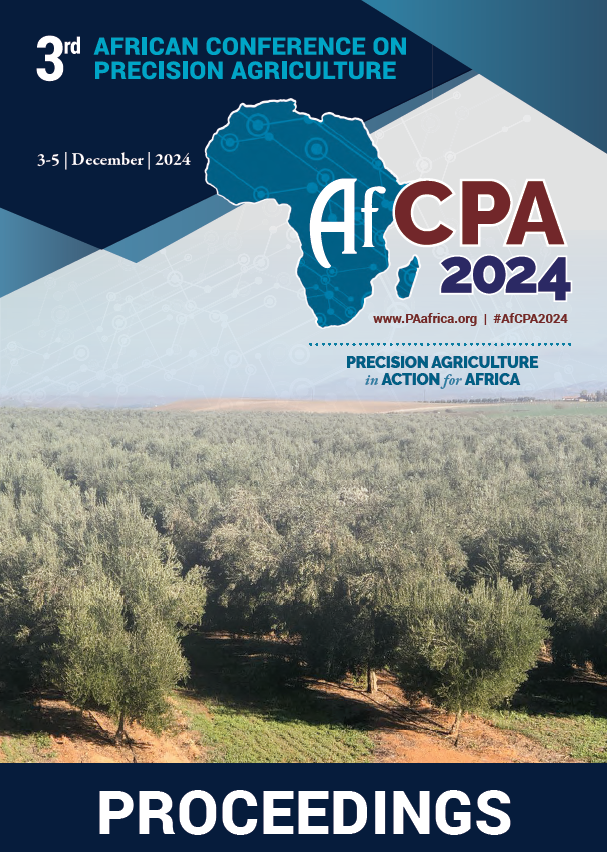Download the Conference Proceedings
Get your copy of the 2024 African Conference on Precision Agriculture Proceedings today! Download the PDF file and view all of the available proceedings.
Proceedings
Authors
| Filter results1 paper(s) found. |
|---|
1. A review on Sensor based robotics agriculture: Improving traditional Agriculture PracticesAgribot could be a mechanism designed to reduce the labor of farmers by increasing the speed and accuracy of the work. Elementary functions concerned in farming i.e. plowing the sphere, sowing of seeds and covering the seeds with soil. Agribot is associate degree autonomous mechanism that provides the power for choices for offered techniques. Fruit Picker robots, autonomous tractor sprayers, this... S.C. Karad, G.U. Shinde, P. Kumar |
